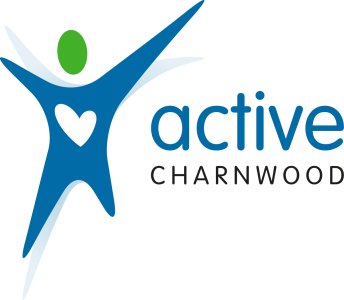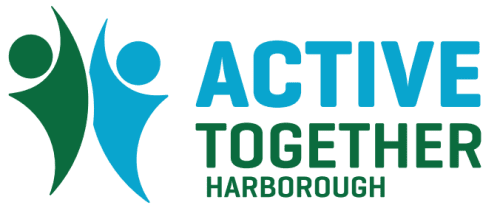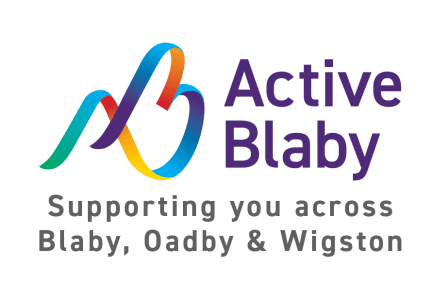Cancer is a condition where abnormal cells within the body, multiply in an uncontrollable way. Around half of all cancers fall into four types; prostate, breast, lung and colorectal, and in 2020 there were 288,753 new cases of Cancer in England. In 2020, in Leicester, Leicestershire and Rutland there were 39,500 people living with Cancer.
Moderate and vigorous physical activity reduces the risk of the following cancers:
- Colon
- Breast – in women who have had their menopause (postmenopausal)
- Womb (endometrium)
Being physically active can also help to prevent being very overweight, with obesity leading to a higher risk of getting 13 types of cancers.
Frequently Asked Questions - Cancer
Get Active
-
Lots of information and ideas on how to keep yourself healthy and active whilst staying at home or working from home.
-
Getting active, my way: What's near me?
This resource is here to help you find your local parks, open spaces, walking and cycling routes, and give you some ideas on what to do when you get there.
-
Thinking about having a go at walking, running or cycling? It's a great way to get out in your local area and move a little more.
-
A selection of physical activity programmes for people with medical conditions, whose health would benefit from being more active.
Resources for Cancer
 Cancer Patient leaflet (PDF, 101 Kb)
Cancer Patient leaflet (PDF, 101 Kb)-
A detailed overview of cancer, including the signs and symptoms, and further support.
-
Together we will beat cancer.
-
Macmillan supports those with cancer through services, fundraising, advocacy, research, and workplace support.
-
Maggie's offers the best possible support free to anyone with cancer and their families.
You are performing the exercises linked from our website at your own risk.
Whilst every effort has been made to verify the information on the Cancer page, Active Together is not responsible for the accuracy or content of external websites. Whilst taking part in physical activity, participants should ensure they take part at a level which is appropriate to them and their health and are responsible for ensuring they check the credentials and health and safety requirements for each activity. It is recommended that participants follow the Chief Medical Officers Guidelines for physical activity. Participants will choose to utilise these links and take part in activities at their own risk.
For Healthcare Professionals
It is important to have conversations with those living with Cancer about the importance of physical activity. Physical activity as a prevention and treatment for long-term health conditions is a consensus backed by rigorous evidence.
Our Active Medicine page supports local healthcare professionals with promoting the benefits of physical activity, including Physical Activity and Health training, E-Learning resources, and healthy conversation skills.
The fantastic Moving Medicine resource hosts step-by-step guides to have quality conversations with patients about physical activity for Cancer- from 1 - 5 minute conversation opportunities.
References
- https://www.cancerresearchuk.org/about-cancer/what-is-cancer
- https://www.nhs.uk/conditions/cancer/
- https://researchbriefings.files.parliament.uk/documents/SN06887/SN06887.pdf
- https://movingmedicine.ac.uk/riskconsensus/
- https://www.cancerresearchuk.org/about-cancer/coping/physically/exercise-guidelines
- https://www.maggies.org/cancer-support/managing-practically/exercise-and-cancer/?gclid=EAIaIQobChMItaPj_PWwgAMVTeDtCh0gcgOQEAAYAyAAEgKAy_D_BwE
- https://www.macmillan.org.uk/cancer-information-and-support/treatment/preparing-for-treatment/physical-activity-and-cancer/exercising-safely
- https://www.cancerdata.nhs.uk/prevalence























